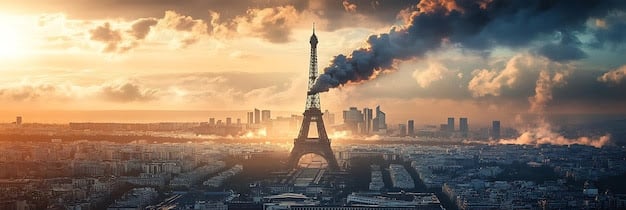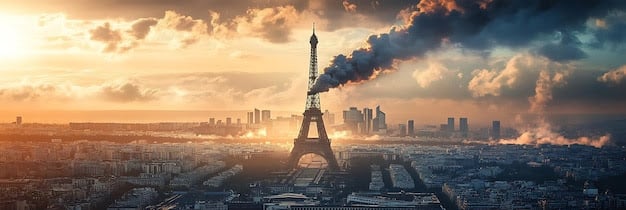
SOBRIETY, ENERGY EFFICIENCY AND FATAL HEAT RECOVERY Sobriety:
Prioritize actions that reduce energy consumption, but also material consumption, to also reduce waste production.
MATERIAL INPUT CHANGES
Rethinking the choice of raw materials can also reduce it is GHG emissions, for example: Energy efficiency: improve the performance of technologies and processes (replace low-performing equipment or add auxiliary equipment) to reduce energy consumption.

Waste heat recovery: to exploit these heat deposits to save energy.
For high-temperature heat deposits, with direct internal exploitation for the company’s own heat needs, or external exploitation for the heat needs of other companies or a territory via a heat network.
For low temperature heat deposits via heat pumps (PAC).
This technology allows the heat source to be heated up to a desired temperature between 50°C and 150°C, in order to be used in another process. As a last resort, for transformation into electricity, via for example an organic Rankine cycle machine (ORC).
This electrical recovery is to be considered only if thermal recovery is not possible, due to the low energy efficiency of these machines.

SUBSTITUTION OF CARBON ENERGIES Modification of the energy mix, in particular for the production of heat (steam, hot water, etc.) which represents 2/3 of the energy consumption.
This should reduce emissions from fossil fuel use, based on:
The integration of thermal renewable energies in industrial processes: biomass, geothermal, solar thermal, etc.
Direct electrification of industrial processes: heat pump (PAC), mechanical steam recompression (RMV), etc.
Indirect electrification of industrial processes via renewable or low-carbon hydrogen (H ) when direct electrification is not possible, especially for high temperature industrial processes.

Rethinking the choice of raw materials can also reduce GHG emissions, for example:
4 Incorporation of recycled material: use of recycling raw materials (scrap, aluminium, etc.) in metallurgy, recycled waste in the glass industry, recycled paper in the paperboard industry, etc.
■ Substitution of inputs with decarbonized materials: use of other resources generating less emissions in the industrial process. Substitution of clinker for calcined clays in the cement industry; Use of bio-based materials; Use of low carbon or renewable hydrogen (H) in ammonia or steel production processes.
More generally, material efficiency allows the right amount of materials to be used, producing better with less and limiting losses, scrap and unsold at all stages of production.
Process modifications that reduce emissions of other GHGs than CO2, such as methane (CH4), nitrous oxide (N2 O), hydrofluorocarbons (HFCs) can also be classified in this category.
Maximum biomass consumption for multiple uses
• Environmental footprint of the food supply reduced by the performance of the industry.
• Intensification of agriculture with significant use of synthetic fertilizers.
• Increased area of energy crops. • Intensification of forestry for energy needs with little reafforestation.

Massive renovation and demolition – reconstruction
• New cycle of “Haussmann” style demolition and reconstruction of new and efficient housing generating massive consumption of natural resources. • The supply of less carbon-intensive building materials and systems grows.
Massive renovation and demolition – reconstruction
• New cycle of “Haussmann” style demolition and reconstruction of new and efficient housing, generating massive consumption of natural resources.
• The supply of less carbon-intensive building materials and systems grows
36% of the main housing stock (12 million units) has been built since 2015




